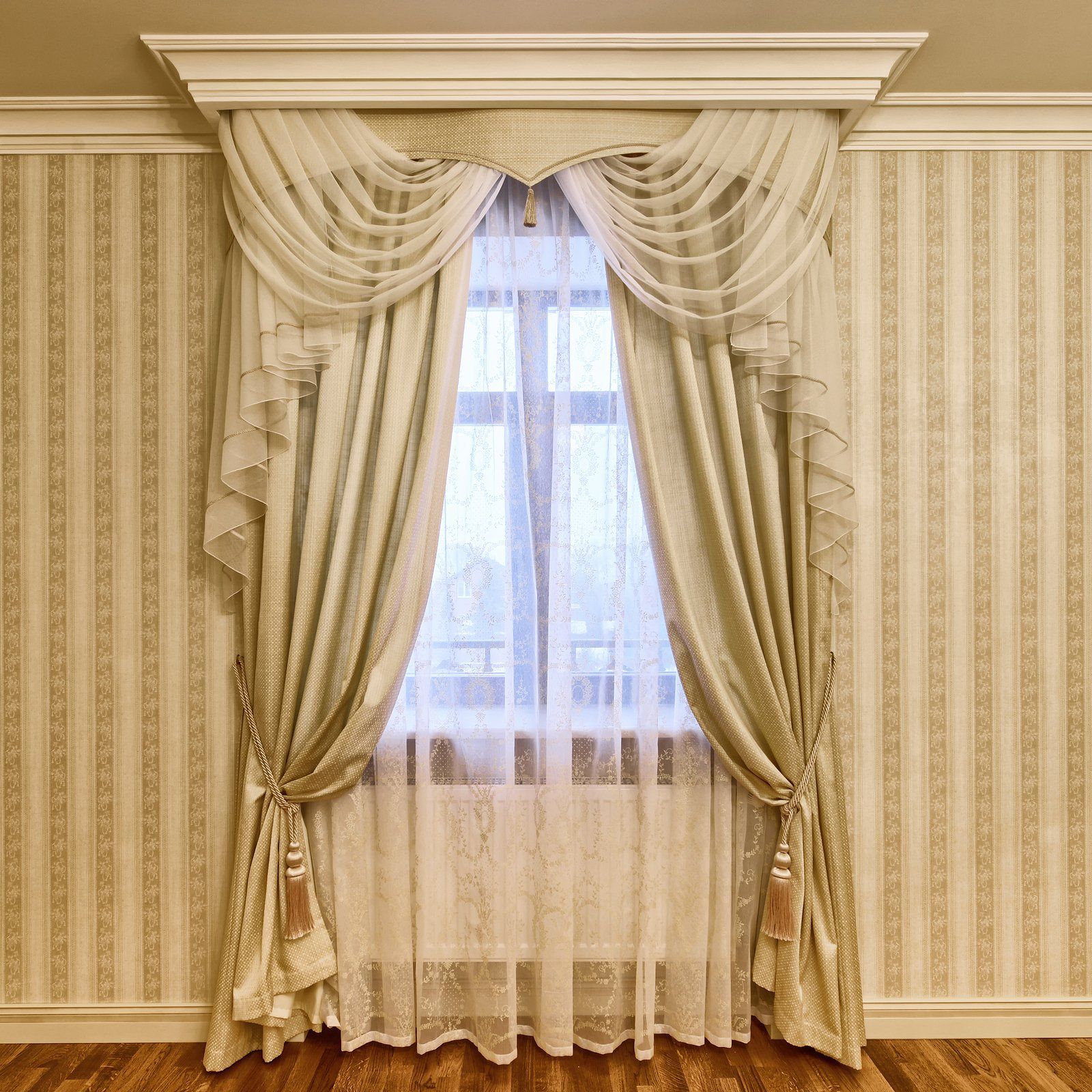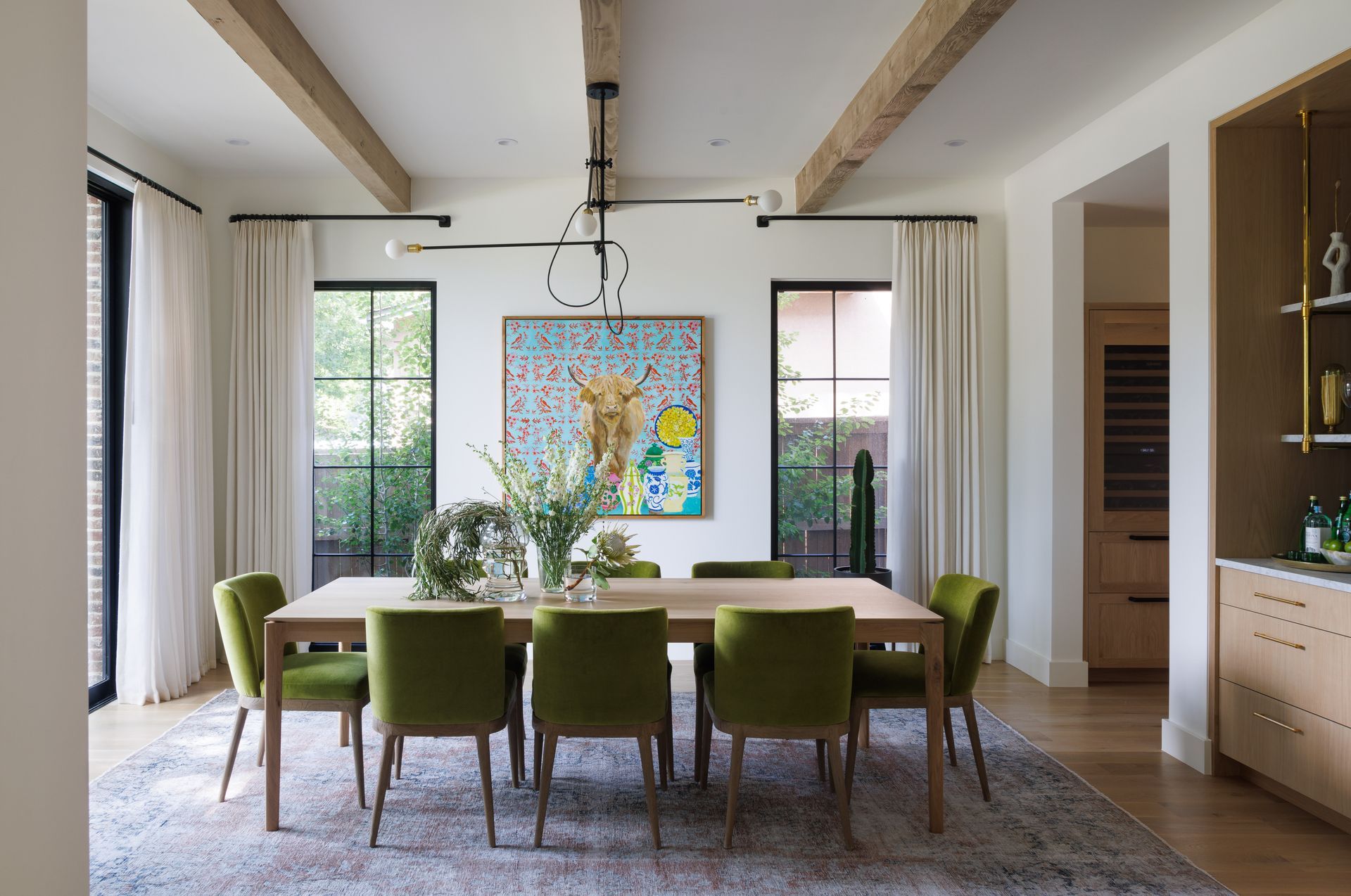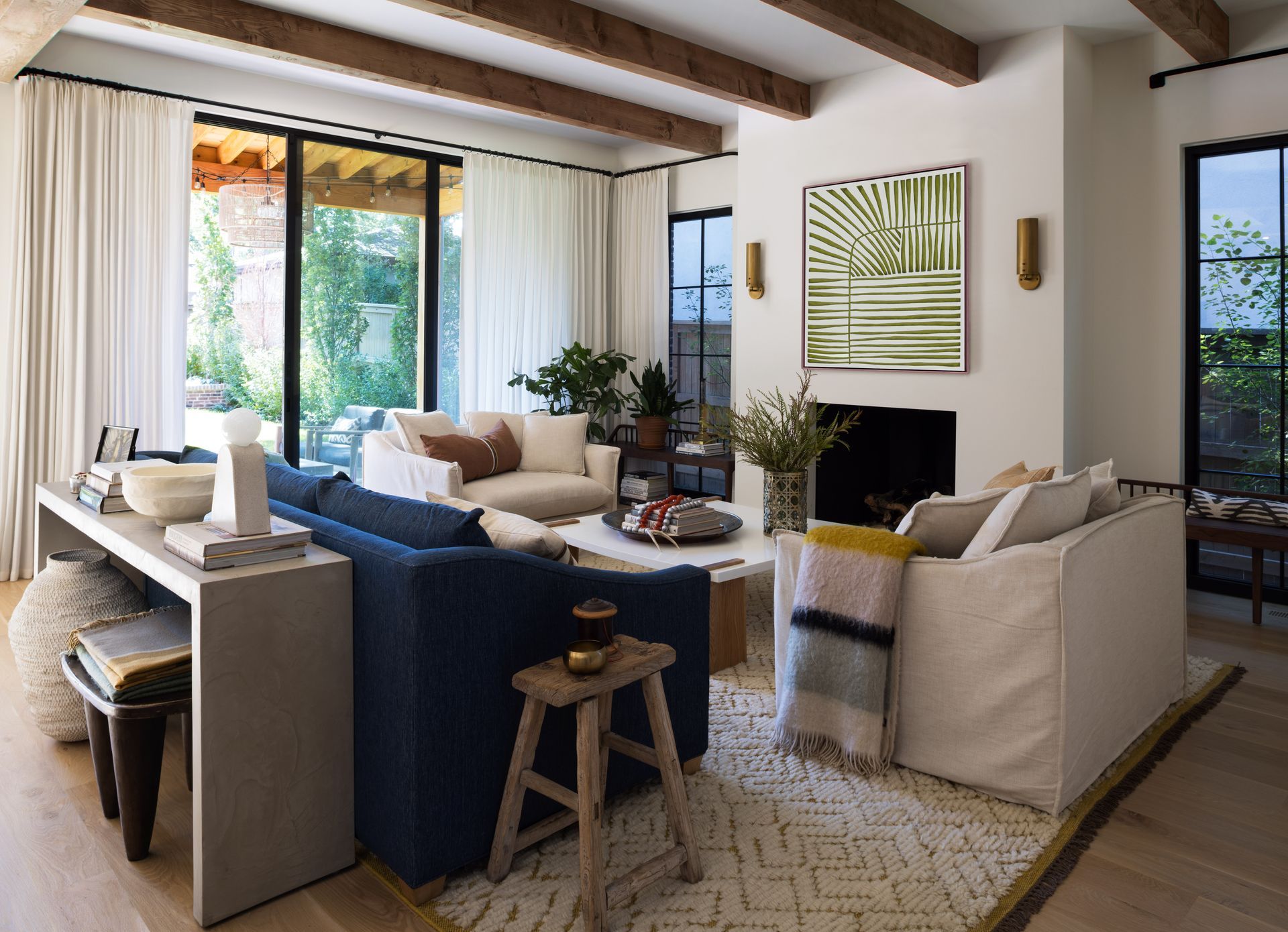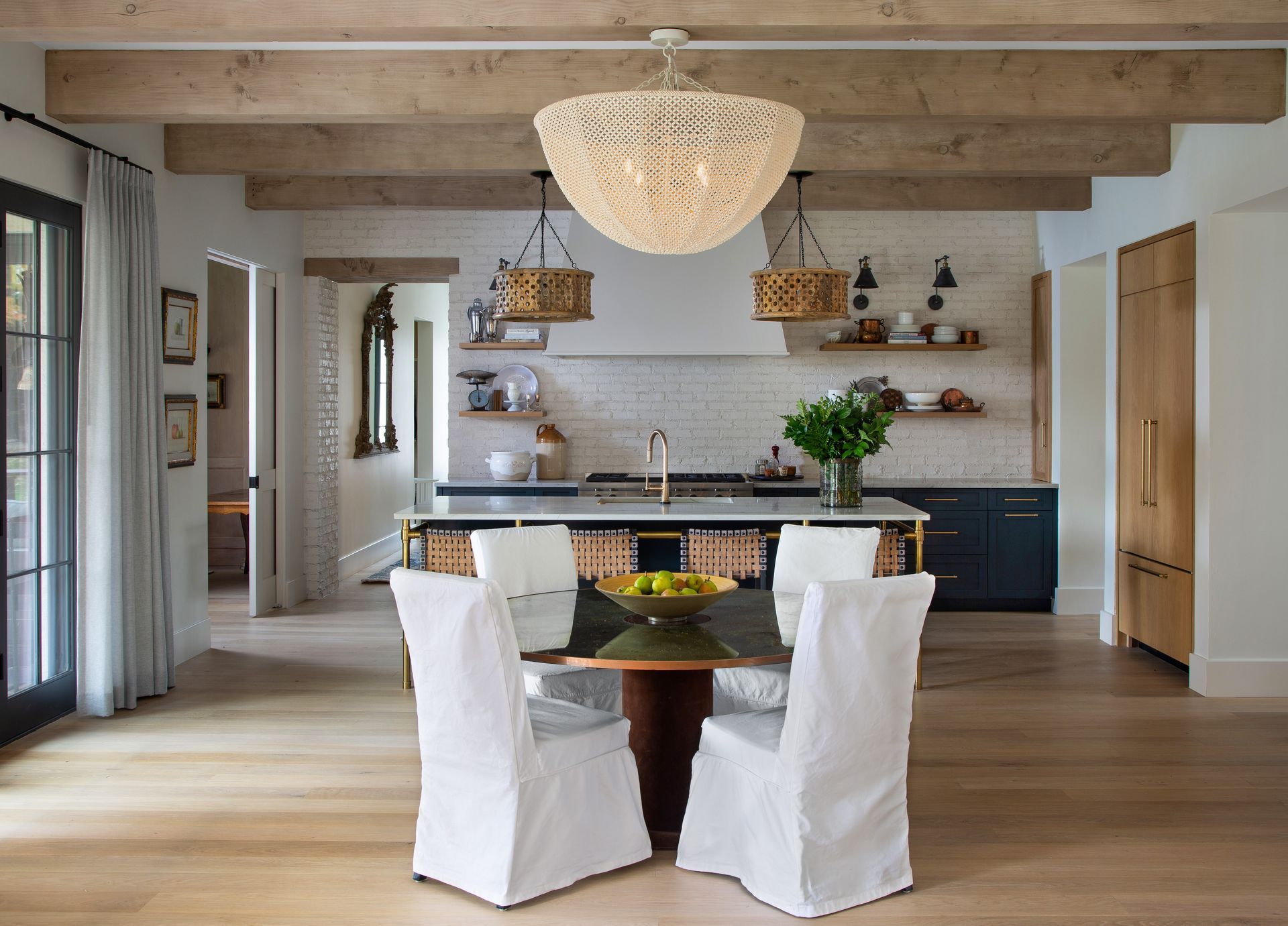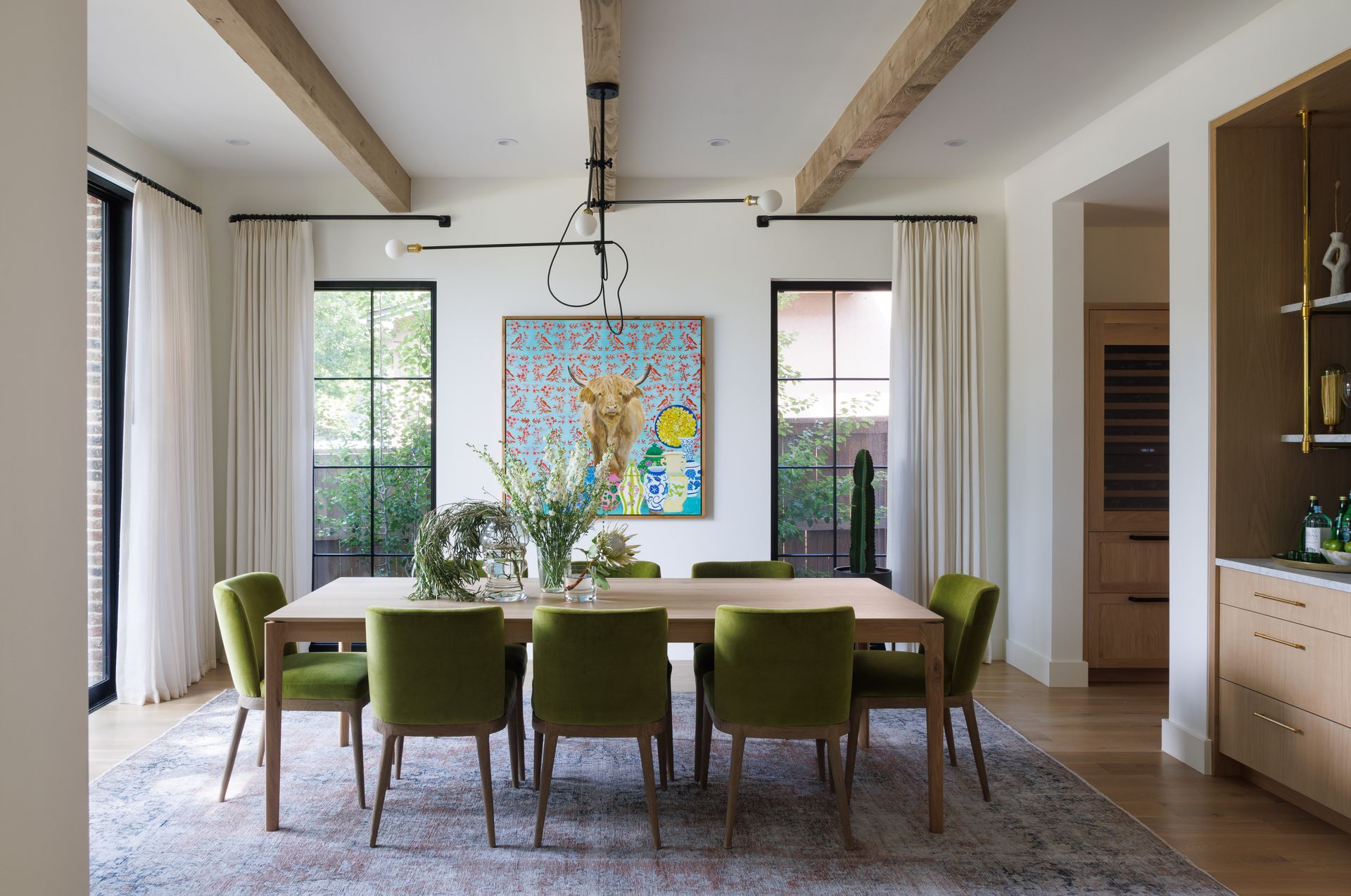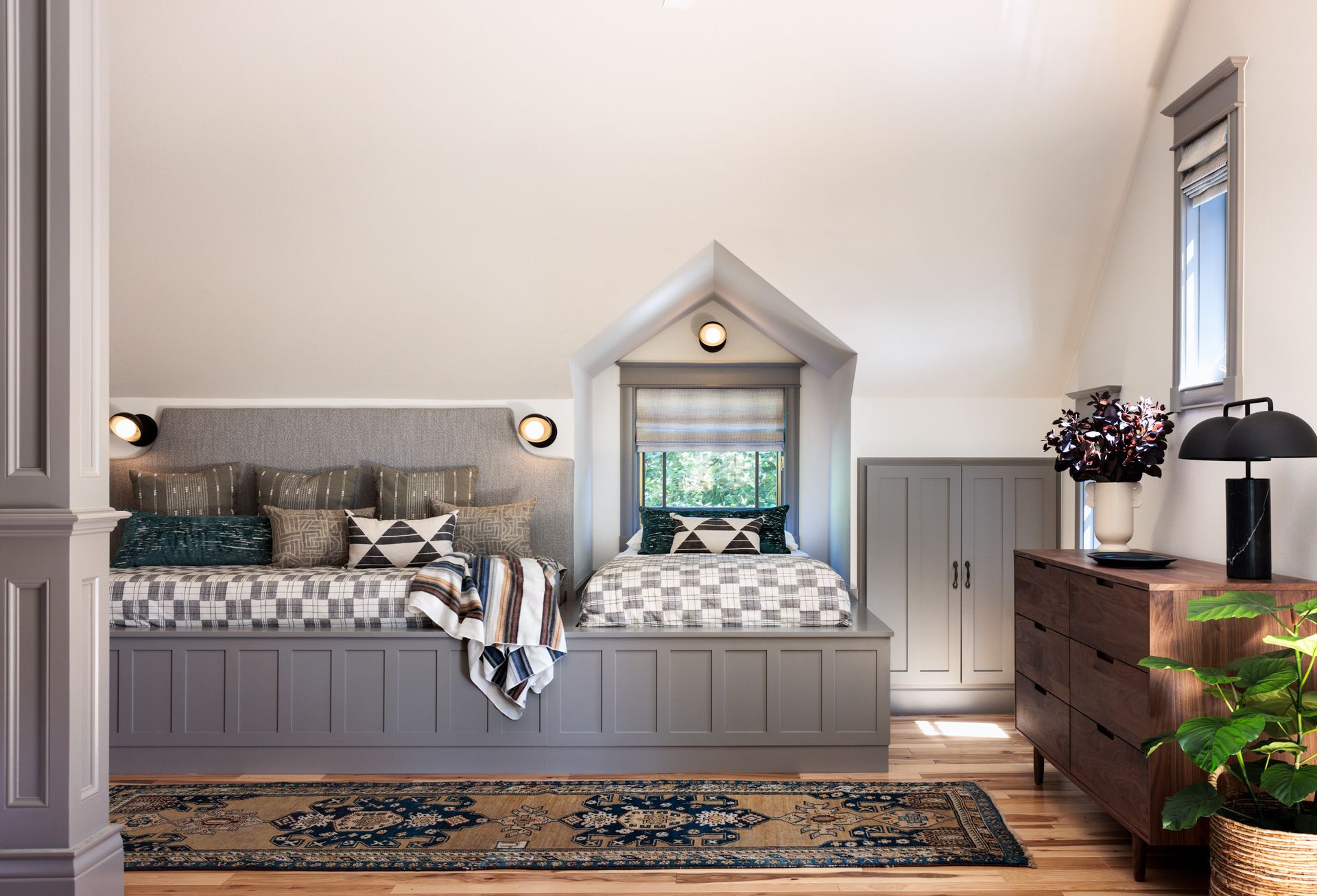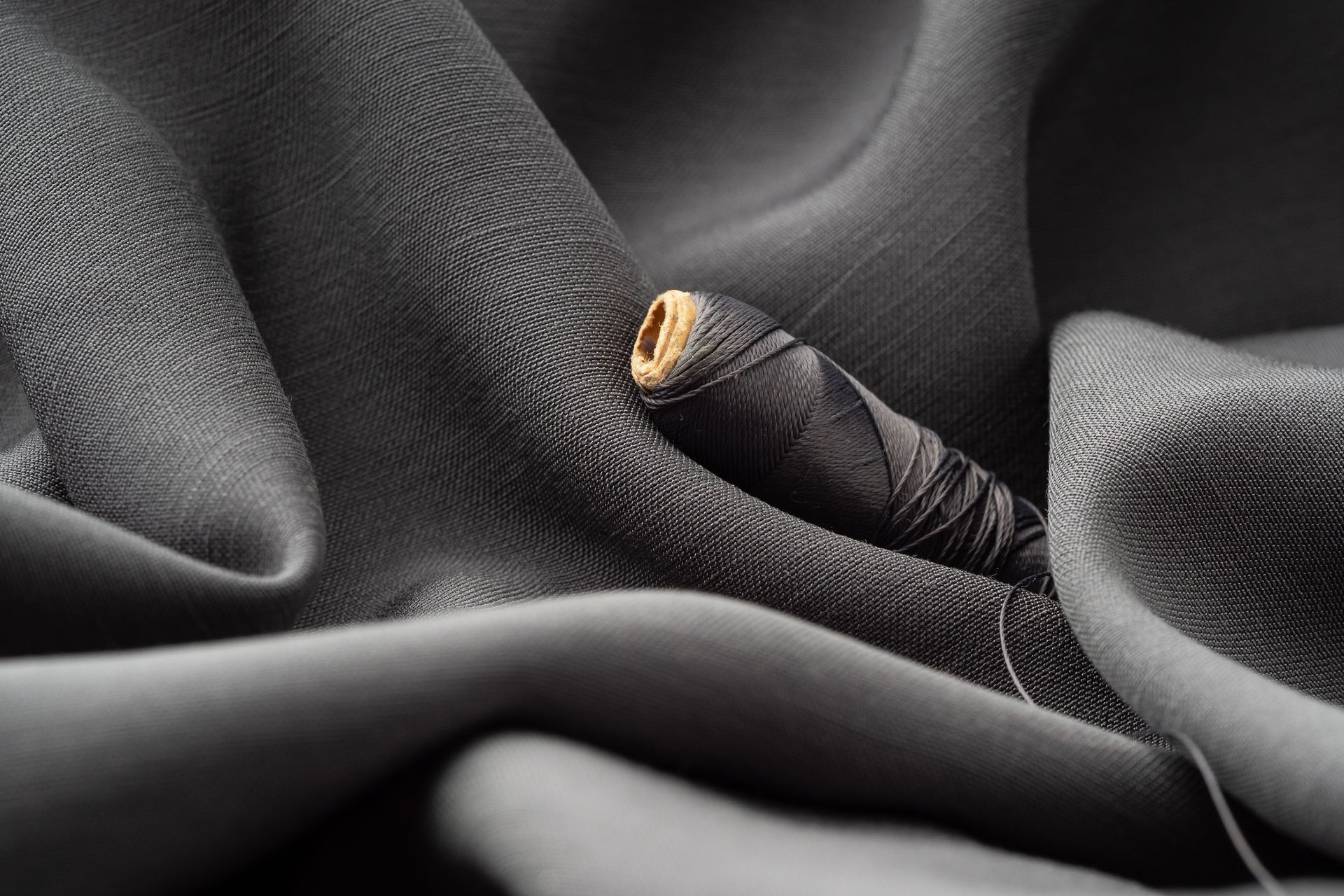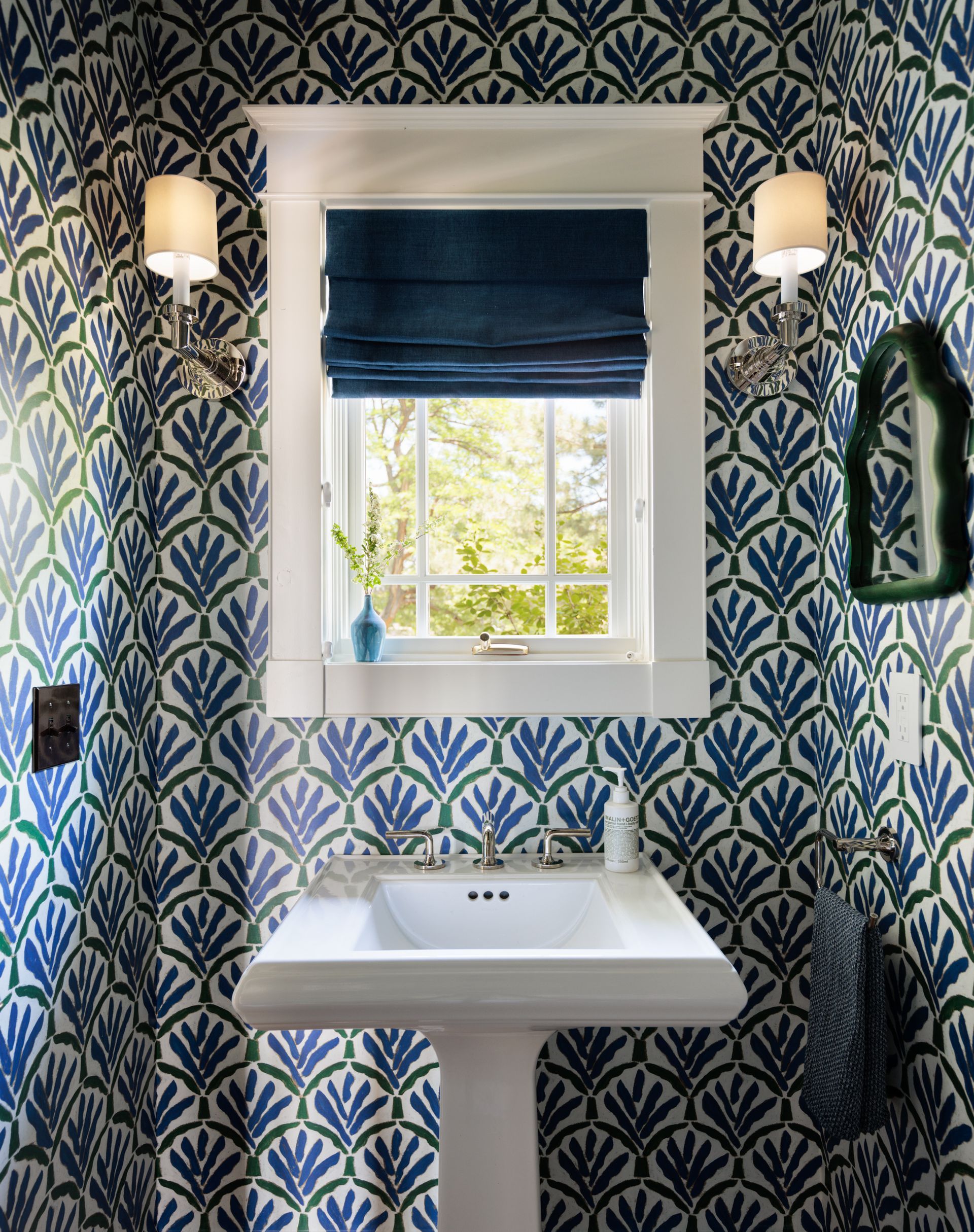WE'RE EXPANDING! Blinds Couture is opening a new showroom at Denver's IDC. Coming THIS SUMMER.
We're expanding! Blinds Couture is opening a new showroom at Denver's IDC. Coming this summer.
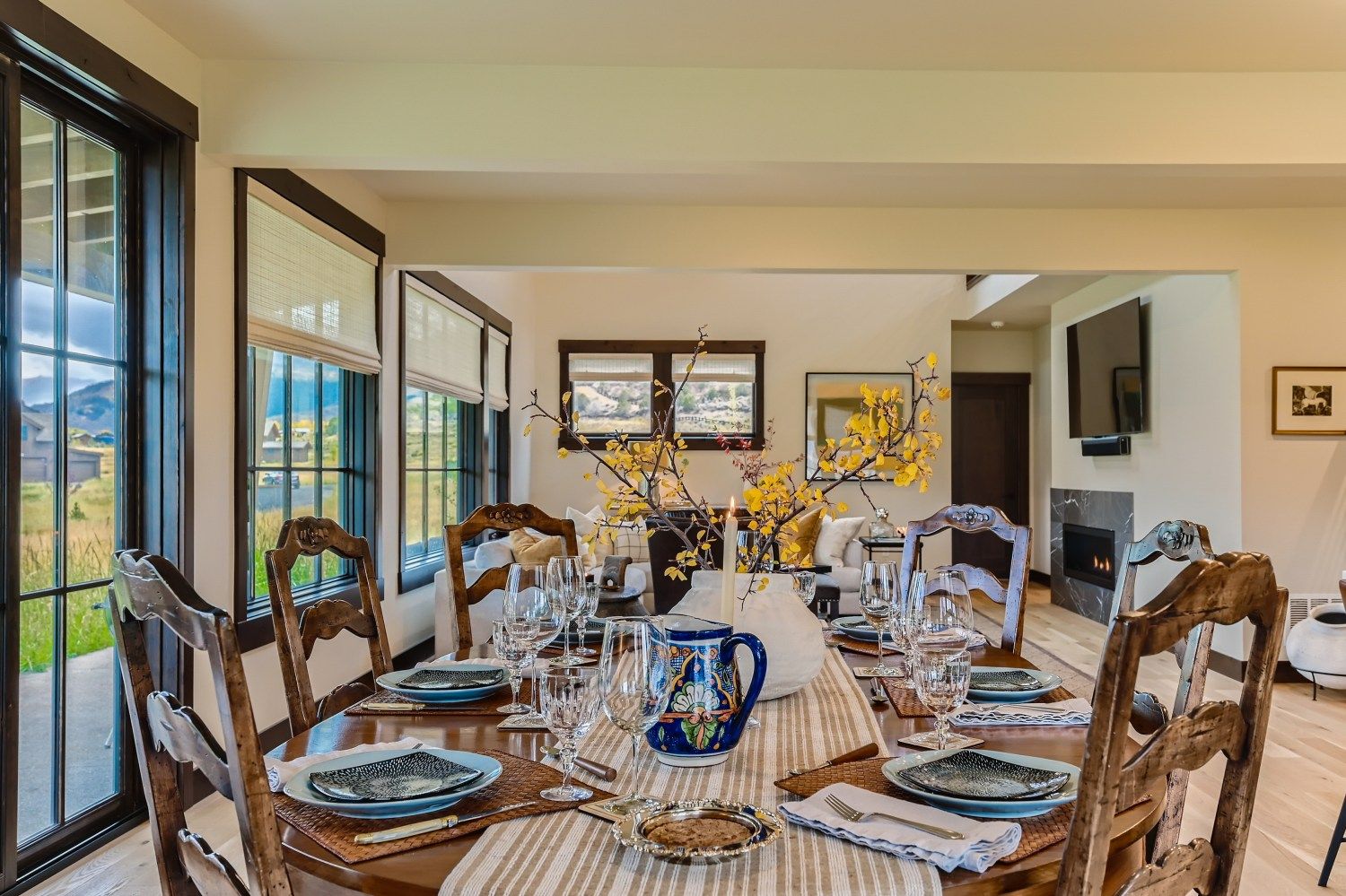
Ultimate Home Guide: Upgrade your Space with Designer Window Coverings
Are you a homeowner who wants to spruce up your space with designer window coverings? Or are you someone who’s looking to add some zest into a dull corner window?
Styling your windows can be a huge challenge if you don't know the basics. Here are the guidelines you need to transform boring windows into stunning focal points.
10 Ultimate guidelines when adding designer window coverings to your home
1. Think about function and style.
When choosing your window coverings, consider their main purpose and answer the following questions. Do you want it to provide maximum privacy for your living room? Are you trying to highlight the interior of your living area? Or is the amount of light entering your kitchen an issue?
2. Know your window treatment options.
Once you determine their purpose, go ahead and explore the different kinds of window coverings available on the market today. Choose from these four options.
Blinds are made up of multiple horizontal or vertical slats held together by cords that run through them. They can either be wood or faux wood coated in a rich spectrum of natural stains and painted finishes. You can also go for vintage, industrial, or modern-design metallic blinds that keep your rooms cooler during the hotter seasons.
Shades are known for their versatility and clean look. Choose from plain fabric shades, patterned, or cellular. Display your love of nature with woven shades made from jute, rattan, or bamboo.
Draperies are fabrics hanging from a rod with rings, hooks, or grommets. They are often layered to create a dramatic look and come in various pleat designs and the hem of these draperies almost kiss the floor.
Shutters are known for their durability. They are great when you need superior light control and insulation.
3. Layer your window treatments
Layering several types of window treatments can make your home interior look elegant and ultra-luxurious. Think of something unique that will change the overall appearance of your living space.
4. Hang draperies high and wide.
Make your windows appear taller by hanging your drapery 4-6 inches above the window frame. If you have space, extend the fabric beyond the sides of your windows to allow more light in when you open them.
5. Play with the colors and patterns.
Do some research with various colors and patterns. Check to see which of them complements your home decor.
6. Never use the same window coverings for every room.
Every room in your home has its own set of needs, so it's not ideal to use the same treatment in every space. Kitchens may need moisture-resistant coverings, living rooms could use more formal window treatments, and bedrooms require window covers that offer more privacy.
7. Don’t “over-style” your windows.
Your interiors can be greatly enhanced by installing designer window treatments. However, overdoing it can compromise the function and purpose of your windows. If you enclose your window with more fabric, less light will shine through and your space will look smaller. So, don’t go overboard and limit your dressings up to three.
8. Always think about child safety.
If you live with your children or have constant children visiting your home, it's best to consider the
child-safety features of your window treatments. When possible, go cordless. If not, make the pull cords as short as possible and keep all window-covering cords out of the reach of children.
9. Complement your home decor.
Aside from considering the purpose of your window coverings, you should also take a look at your interior decor. When installing window treatments you want to ensure they complement the design of your house and not detract from it.
10. Avoid blocking out natural light.
Window treatments provide both privacy and light control. When you decorate, you must keep in mind the thickness and light-blocking capabilities of your layered coverings. It is important to let some natural light come in through your windows even if it’s for part of the day. Try to strike a balance between sheers and blackout shades or blinds.
When it comes to putting up window coverings for your home, trust your instincts and don't be afraid to play with styles. Consider the main purpose of your window dressings and see how it looks when matched with your interior decor.
Talk to a window design expert today for professional help.
Blinds, Shades, Shutters and Drapery
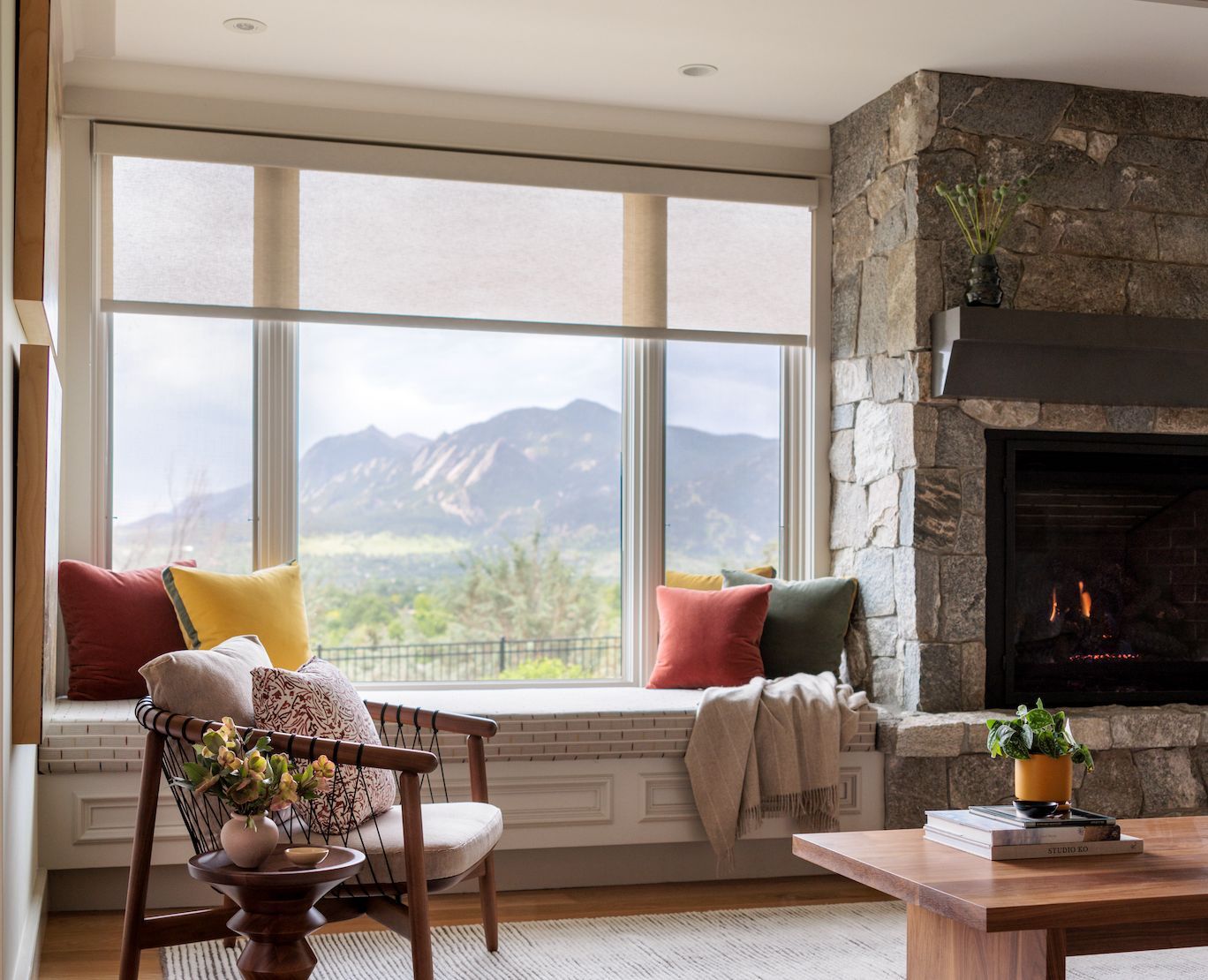
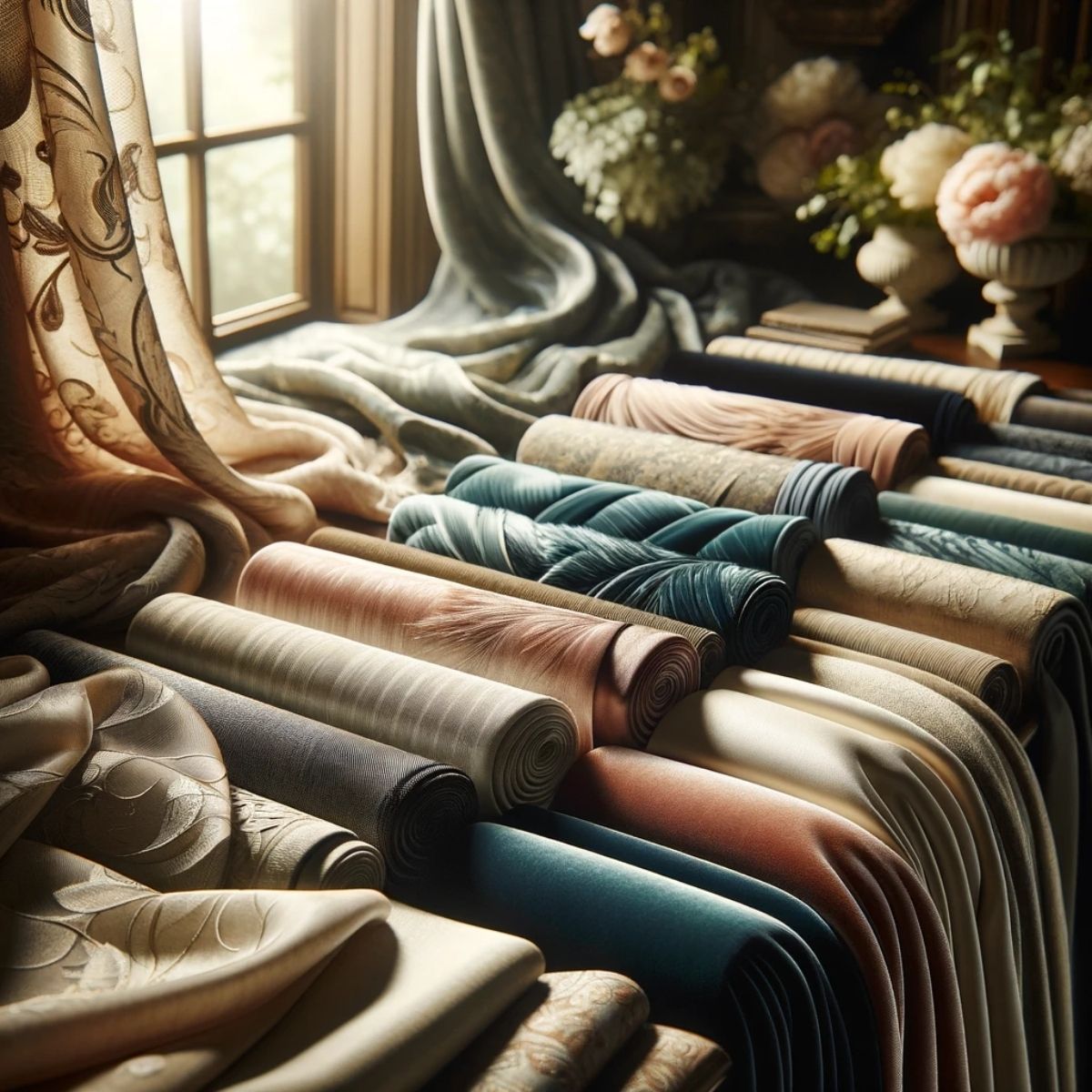
12170 Tejon Street #300
Westminster, CO 80234
(720) 729-0091
All Rights Reserved | BLINDS COUTURE / JESSICA ROSE COUTURE| Designed by LINGOWS MEDIA



